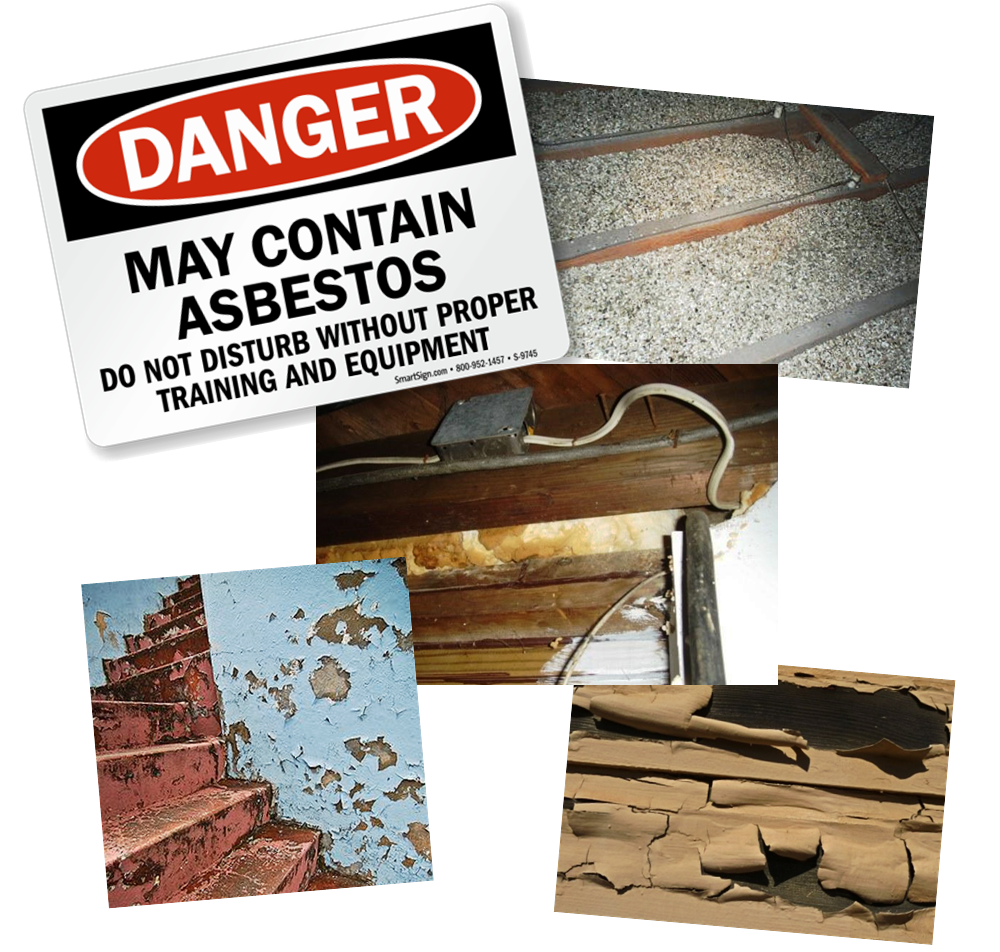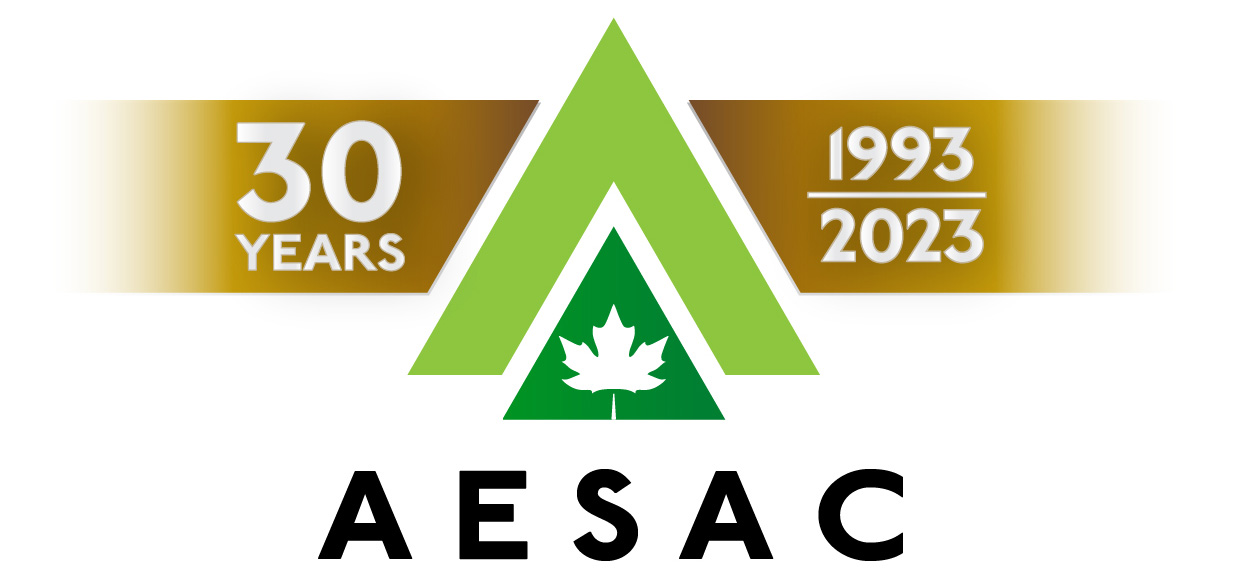- Home
- Training Courses
- Membership
- About Us
- Instructors Blog
- December 2023: All I Want For Christmas
- November 2023: ESA Report Reviews
- October 2023: Can AI Write an ESA Report?
- September 2023: Getting Paid... or Not
- August 2023: Take Me Back...
- July 2023: To Bid or Not To Bid
- June 2023: Selecting a Supplier
- April 2023: Phase 1 Problems, Part 3
- March 2023: Phase 1 Problems, Part 2
- February 2023: Phase 1 Problems, Part 1
- January 2023: Working Outside in Winter
- 2022 Blogs
- 2021 Blogs
- December 2021: Asbestos in your Home
- Sept 2021: Dirty Jars And Other Bad Things… Part 2
- August 2021: Dirty Jars And Other Bad Things… Part 1
- July 2021: How do you want that drawing to look? Part 2
- June 2021: How Did You Want That Drawing To Look? Part 1
- April 2021: So You Need a RSC... Part 2
- March 2021: So You Need a RSC... Part 1
- February 2021: What's In Your Toolbox? Part 2
- January 2021: What's In Your Toolbox? Part 1
- 2020 Blogs
- December 2020: A Day in the Life, Part 2
- November 2020: A Day in the Life, Part 1
- October 2020: Exploring Your Career Path
- September 2020: So You Want To Start Your Own Business - Part 2
- August 2020- So You Want to Start Your Own Business
- June 2020: Effective Communication
- May 2020: Tips For Working From Home
- April 2020: Conducting ESA’s During a Pandemic
- March 2020: It's Not Easy Being Green
- February 2020: Looking Ahead; Bold Predictions for the Next Decade
- January 2020: Looking Back; A Decade in Review
- 2019 Blogs
- 2018 Blogs
- 2017 Blogs
- 2016 Blogs
- 2015 Blogs
- Find an AESAC Member
Menu- Home
- Training Courses
- » Training Courses
- » Webinar Series
- » Calendar of Events
- » Course Registration
- » Course Instructors
- » Testimonials
- Membership
- » Become a Member
- » Certifications
- » Membership Search
- » Update Member Profile
- » Members Only
- » » Member Login
- » » Membership Renewal
- » » Create/Change Password
- » » CESA Certification Application
- About Us
- » About AESAC
- » Course Instructors
- » Contact Us
- Instructors Blog
- » December 2023: All I Want For Christmas
- » November 2023: ESA Report Reviews
- » October 2023: Can AI Write an ESA Report?
- » September 2023: Getting Paid... or Not
- » August 2023: Take Me Back...
- » July 2023: To Bid or Not To Bid
- » June 2023: Selecting a Supplier
- » April 2023: Phase 1 Problems, Part 3
- » March 2023: Phase 1 Problems, Part 2
- » February 2023: Phase 1 Problems, Part 1
- » January 2023: Working Outside in Winter
- » 2022 Blogs
- » » December 2022: Advice To My Younger Self
- » » October 2022: Pre-Purchase Due Diligence
- » » Sept 2022: Words Matter
- » » July 2022: Let Us Come To You
- » » April 2022: Due Diligence
- » » March 2022: Time Management
- » » February 2022: Spinning Augers... Part 2
- » » January 2022: Spinning Augers... Part 1
- » 2021 Blogs
- » » December 2021: Asbestos in your Home
- » » Sept 2021: Dirty Jars And Other Bad Things… Part 2
- » » August 2021: Dirty Jars And Other Bad Things… Part 1
- » » July 2021: How do you want that drawing to look? Part 2
- » » June 2021: How Did You Want That Drawing To Look? Part 1
- » » April 2021: So You Need a RSC... Part 2
- » » March 2021: So You Need a RSC... Part 1
- » » February 2021: What's In Your Toolbox? Part 2
- » » January 2021: What's In Your Toolbox? Part 1
- » 2020 Blogs
- » » December 2020: A Day in the Life, Part 2
- » » November 2020: A Day in the Life, Part 1
- » » October 2020: Exploring Your Career Path
- » » September 2020: So You Want To Start Your Own Business - Part 2
- » » August 2020- So You Want to Start Your Own Business
- » » June 2020: Effective Communication
- » » May 2020: Tips For Working From Home
- » » April 2020: Conducting ESA’s During a Pandemic
- » » March 2020: It's Not Easy Being Green
- » » February 2020: Looking Ahead; Bold Predictions for the Next Decade
- » » January 2020: Looking Back; A Decade in Review
- » 2019 Blogs
- » » November 2019
- » » September 2019
- » » August 2019
- » » July 2019
- » » May 2019
- » » March 2019
- » » February 2019
- » » January 2019
- » 2018 Blogs
- » » November 2018
- » » October 2018
- » » September 2018
- » » August 2018
- » » July 2018
- » » June 2018
- » » May 2018
- » » March 2018
- » » February 2018
- » » January 2018
- » 2017 Blogs
- » » April 2017
- » » June 2017
- » » August 2017
- » » September 2017
- » » December 2017
- » 2016 Blogs
- » » October 2016
- » » September 2016
- » » August 2016
- » » July 2016
- » » June 2016
- » » March 2016
- » » January 2016
- » » December 2016
- » » November 2016
- » 2015 Blogs
- » » April 2015
- » » July 2015
- » » September 2015
- » » October 2015
- » » December 2015
- Find an AESAC Member
In my last blog I discussed some of the environmental issues a homeowner should consider when purchasing a home, including potential off-site environmental impacts and concerns related to heating oil use and storage. Over the next few blogs I will address some of the hidden dangers that could be encountered during maintenance or construction. These comments are provided for general information only; you should always follow all applicable regulations and safety protocols, and if you are in doubt or have concerns please consult a qualified expert.
Home renovations conducted without consideration for these environmental concerns could lead to exposure to harmful, even deadly contaminants, and care should be taken to protect the workers and occupants. We have all seen reality television shows where people complete DIY renovations and flip old houses for profit. I cringe every time I see a perky young couple conducting interior demolition of their 1950’s house without a single item of safety equipment, and with no consideration of the dangerous materials they may be ingesting or inhaling.
Asbestos-Containing Materials (ACM)
The term asbestos is applied to a group of naturally occurring fibrous hydrated silicates. The use of asbestos for commercial and industrial applications became commonplace in the late 1800s. Because of its versatility (incombustibility, heat/chemical resistance, and reinforcing properties), asbestos has been used in many building products. Older residential buildings (pre 1990) can contain asbestos in thermal insulation, fireproofing, floor tiles, ceiling tiles, cement piping, corrugated pipe insulating wrap, roofing materials, plaster, stucco, and other products. Health concerns can arise when asbestos (a known carcinogen) is, or becomes friable (i.e. it is or can be easily crushed or pulverized by hand pressure). This can result in ACM becoming airborne and then inhaled. The barbed nature of the microscopic fibres can cause them to become embedded in lung tissue, possibly leading to cancers like asbestosis and mesothelioma decades after ingestion. This can be a significant concern when renovation, demolition or construction activities cause ACM to become damaged and/or friable. Confirmation of the presence and type of asbestos requires sampling and lab analyses by qualified professionals. Many jurisdictions require building owners to investigate the presence of asbestos and to notify workers when such materials are confirmed. Proper and safe Asbestos removal or abatement should be left to the professionals, and in many cases this is a legal requirement.Lead-Based Paint (LBP)
Lead is a heavy metal which has been used in many industrial applications. The three forms of lead typically encountered are: metallic Lead - used to make pipes, electrical batteries, lead solder, and electric cable sheaths; inorganic compounds - usually occurring as constituents of products such as pigments, paints, insecticides, and glass; and, organic Lead compounds - the most common of which are tetramethyl lead and tetraethyl lead, which are used as antiknock additives in gasoline. Depending on the age of construction, lead-based paints and/or lead-containing plumbing solder could be present in a building. Before you start stripping paint, sanding or sandblasting, you should have samples of the paint (including any underlying layers of original paint) tested for lead content; and if lead is present at hazardous levels take appropriate precautions, including respiratory protection, enclosure/ventilation of the work area and proper management and disposal of waste materials.Urea Formaldehyde Foam Insulation (UFFI)
Urea Formaldehyde Foam Insulation (UFFI) is low-density foam prepared from a mixture of urea formaldehyde resin, an acid hardening agent solution and a propellant, and was used primarily to insulate cavities in a retrofit of older homes. The use of UFFI was banned in 1980 by the Federal Hazardous Products Act (RF 1985). Government grants were often available to promote the use of UFFI, and in some cases, the same contractors who installed the UFFI, also received grants to remove UFFI once health concerns were identified and the product was banned. Most homes with UFFI have been dealt with when the UFFI was removed or abated, and the presence of UFFI will often be documented in a purchase or sale agreement. Generally speaking, most of the concerns related to UFFI (e.g. off-gassing during the curing process) have already occurred, and the major issue these days relates to possible stigma and lowered value of the home.Next month we’ll look at other environmental concerns that could be lurking in your home.
By:
Bill Leedham, P. Geo., CESABill is the Head Instructor and Course Developer for the Associated Environmental Site Assessors of Canada (www.aesac.ca); and the founder and President of Down 2 Earth Environmental Services Inc. You can contact Bill at info@down2earthenvironmental.ca
Training Courses
Membership
About Us
Contact UsCopyright (c) 2024 Associated Environmental Site Assessors of Canada; AESAC Inc.



